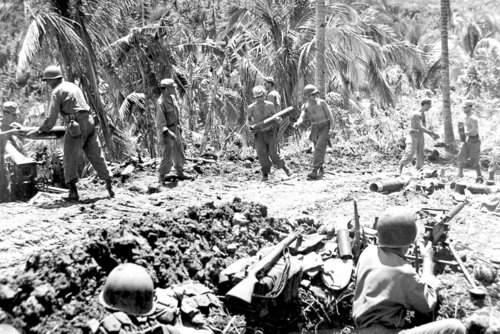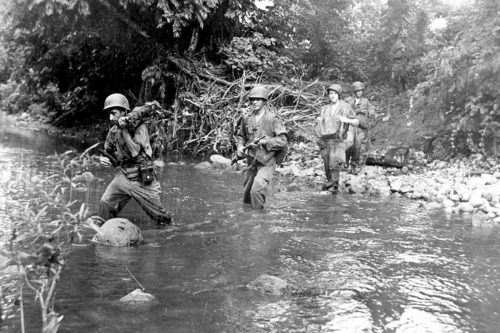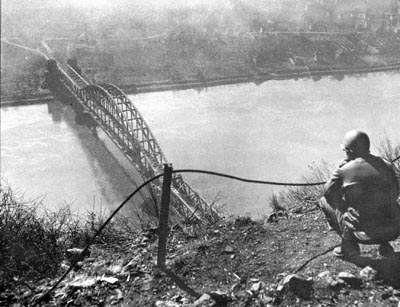
10 MARCH 1945 - BATTLE OF MINDANAO BEGINS - #WWII
As the campaign to liberate the Philippines continued, U.S. and Filipino forces prepared to attack Mindanao, the southernmost island in the archipelago, in Operation VICTOR IV.
#Armyhistory #USArmy
As the campaign to liberate the Philippines continued, U.S. and Filipino forces prepared to attack Mindanao, the southernmost island in the archipelago, in Operation VICTOR IV.
#Armyhistory #USArmy

Intelligence reported the Japanese had established strong defensive positions around of the city of Zamboanga at the southern tip of the Zamboanga peninsula. Filipino guerrillas seized a makeshift airstrip at Dipolog, about 145 miles northeast of Zamboanga City.
The Americans airlifted elements of the 21st Infantry, 24th Infantry Division, to exploit the opportunity and ensured control of the airstrip.
#TRADOC #MilitaryHistory #Mindinao #Philippines
#TRADOC #MilitaryHistory #Mindinao #Philippines

On 10 March 1945, following naval gunfire and air bombardment of the landing area by Thirteenth Air Force, the 41st Infantry Division landed with the 162d Infantry followed by the 163d Infantry, against only light resistance three miles west of Zamboanga City.
The Americans quickly controlled the coastal plain and secured their immediate objectives of the airfield and the city, which had been largely destroyed. . 

The next day, the Americans attacked enemy positions in the hills overlooking the plain, and encountered strong resistance. Supported by Marine fighter-bombers based and naval gunfire, the Army infantrymen fought the Japanese for two weeks on rugged terrain.
The Americans broke through the center of the enemy line after heavy fighting on 23 March. The 162d Infantry eliminated enemy resistance in the central sector over the next three days.
The Japanese retreated while mopping up operations continued on Mindanao until 15 August.
The Japanese retreated while mopping up operations continued on Mindanao until 15 August.
• • •
Missing some Tweet in this thread? You can try to
force a refresh

















